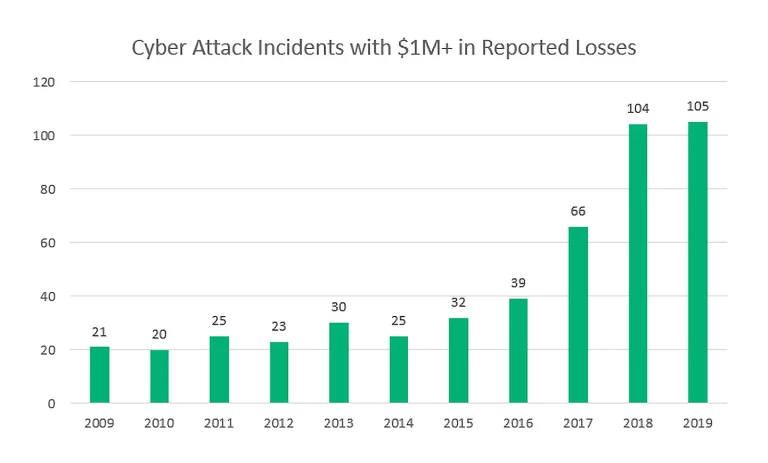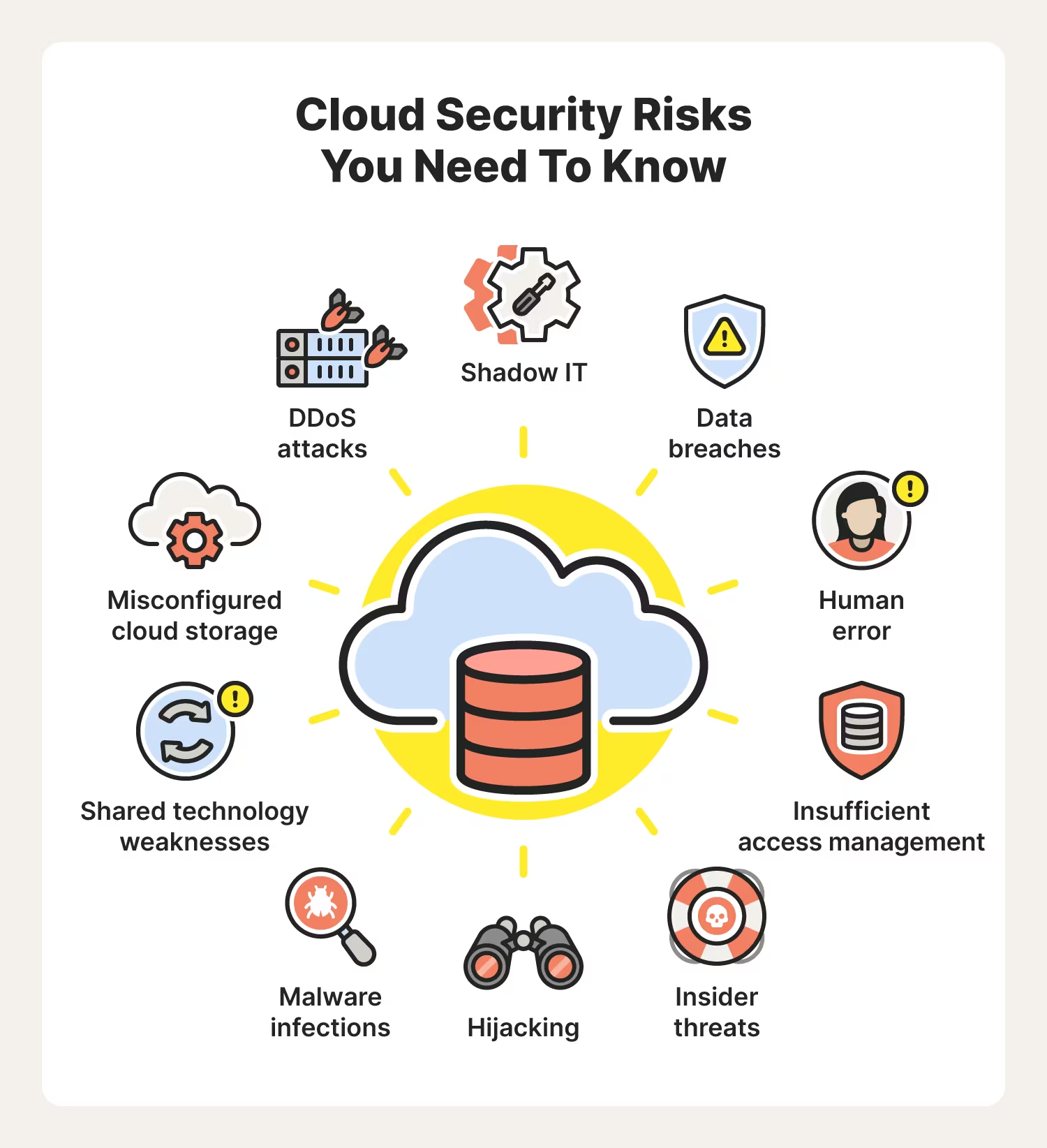Increasingly, government agencies are making their move into the cloud. And the justifications for doing so are convincing.
Moving to the cloud is cost-efficient, scalable, secure, and greener; plus it saves time, encourages collaboration, and enables remote working. Due to these manifold benefits, it’s no surprise that more agencies are making the switch.
According to Kanuj Behl, a cloud architect at Nutanix, “Some agencies said they were planning to go a hundred percent cloud. But then they saw the first bills from cloud vendors. The monthly operational costs were way beyond what many were expecting because everyone [in the agency] wanted some cloud instances.” As a result, he estimates that the agencies he works with run between 70% and 80% of their apps on-premises and the rest in the cloud.
But despite the initial costs of switching to cloud-based services, many government entities do believe the change is ultimately worth it.
In this article, we will be specifically focusing on how government agencies have been moving to the cloud, as many agencies who are considering making this switch will be interested to know what the process is like.
Simply becoming aware of the benefits of the cloud is not the only reason why state and local governments are deciding to move their data and systems to a cloud environment.
The COVID-19 pandemic hasn’t been the first time that state and local governments carried out operations in the cloud. But the technology’s ability to help government entities rapidly adjust as offices closed and services moved online has accelerated the pace of adoption. Teri Takai, a Chief Information Office (CIO), says that “CIOs needed something; cloud was it; and they just moved.”
Government leaders, at all levels, found out that the cloud-based systems and applications in their portfolios allowed them to meet pressing needs, such as remote access to applications for employees and new digital resources for citizens and enterprises.
“Those that did move to the cloud before the pandemic did better during it because the infrastructure was in place,” said Phil Bertolini, Vice President of the Center for Digital Government (CDG). “The pandemic exposed that legacy systems needed to be modernized, especially around citizen engagement and remote technologies.”
Before the pandemic, state and local government agencies were already slowly moving to the cloud, sometimes as part of a comprehensive strategy, sometimes in the absence of one.
Each government entity’s switch to the cloud has been different. However, many began with email services, which offered improved capabilities while also helping to eliminate the costs of in-house servers. After this came software-as-a-service products, usually discrete applications hosted in the cloud by the agency’s service provider. These products would address a specific use case. Multiple agencies or departments have also discovered that functional solutions like geographic information systems (GIS) have proved to be natural fits for cloud adoption.
Some state and local governments followed the tactics of the federal government, in that they implemented overarching IT plans focused on cloud adoption. In 2011, the federal Office of Management (OMB) put out a “cloud first” strategy, emphasizing that federal agencies should evaluate options for cloud-based services whenever thinking of making new investments in technology. Then in 2018, OMB updated this guidance, offering a “cloud smart” strategy that made the case for developing workforce, security, and procurement capabilities, as well as for choosing the best applications for cloud migration.
Even though these changes are occurring, further research has corroborated Behl’s observation that progress is slow. For example, the CDG’s 2018 Digital Counties Survey found that 78% of respondents had fewer than 20% of their systems and applications in the cloud. This figure then dropped to 60% by 2020.
There’s definitely still a lot of progress that can be made. After all, according to the 2020 Digital States Survey, only 12% of respondents said that they had moved over half of their systems and applications to the cloud. And only 4% of country government respondents had achieved that.
We’ve already underscored that initial costs are a barrier to cloud adoption. Many IT leaders find that calculating the specific return on investment (ROI) of cloud migration is difficult, partly due to the capital it takes to move operations to the cloud. But there are other obstacles, including:
- Security concerns: while cloud providers do provide security capabilities at a scale greater than most government entities or organizations can offer, it’s still been a challenge to shift perceptions in light of this fact. For instance, over one-third of respondents in a 2018 CDG survey stated they did not fully understand or appreciate the security controls available in the cloud.
- Legacy systems: nearly half of respondents in the above survey remarked that their current investments in legacy systems made it challenging to migrate to cloud-based services. Moreover, other research suggests that many state and local government systems and applications simply aren’t cloud-ready.
- Human resource issues: one difficulty that government leaders deal with is trying to match existing IT workforce skills with the ones required by a cloud environment. Switching to cloud-based services doesn’t mean IT employees will lose their jobs; it might just mean that they need to acquire new skills.
Government entities will need to think carefully about what they can (or should) move to the cloud. With a thoughtful IT roadmap in place, which addresses the challenges outlined above, government agencies will be able to enjoy the benefits of cloud-based services, without having on-premise systems.
Cyberlocke is a comprehensive, full-service IT services provider that architects and implements efficient and secure solutions for enterprise customers and their data centers. We specialize in security, cloud, managed services, and infrastructure consulting. Contact Us today to learn more.


